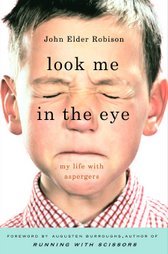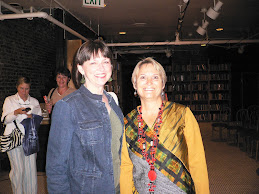As mentioned in my last post, a scene must have a beginning, middle and end. They liken it to an average workday. You begin by getting up, bathing, dressing, eating, and heading to work.
The middle is your work or school. The end is going home, relaxing, eating, TV, family or friends and then bed. Some days are more interesting, exciting and fulfilling than others. It’s the same with a scene.
Beginnings:
The beginning of a scene has only one mission – to hook the reader and make them want to continue reading. There are several places to begin a scene.
Begin in the middle – in medias res.
Basically this means that you first grab the reader’s interest and make them care before you give them all the intricate details. Begin with the action that causes all the reaction. You can also begin immediately after the action that sets the story in motion – i.e. “At least nothing was broken.”
Begin with dialogue
This is a variation on the above. The advantage is that the reader is stepping into something ongoing; therefore there is already an established momentum to sweep them along. There is also the suspense of figuring out the context of the conversation. It’s an interesting and subtle way to present characterization quickly.
Kicking off the scene with dialogue creates immediate momentum and interest because we want to know more about the situation that prompts the dialogue. It also enables the author to deliver characterization, background information, plot conflict and more – all while the reader is distracted by the flow of conversation.
The jump cut
The first line is some action or line of dialogue which has nothing to do with the previous scene even though we’re with the same characters. This can create a sense of suspense because the reader wants to know what happened between the time the last scene ended and this one began.
The big promise opening
Another technique for beginning a scene is to make a promise about what the scene will do. The greater the impact of the claim, the greater the reader’s interest in the scene. Examples of big claims would be:
“When I opened the door I had no idea this was the beginning of the day that would destroy my life.”
“What Anne did next changed everything she’d ever believed about men.”
It’s a “nothing will ever be the same” type opening.
Beginning at the beginning
Our text points out that many beginning writers use this technique poorly, using it out of laziness or because they don’t know there are other options. First you need to clarify where the beginning really is.
1. Setting.
You might begin with a description of the setting if the setting itself is a crucial character in the story or scene. He uses an example from Snow Falling on Cedars in which setting is used to do more than establish the weather; it also underscores the theme of the book.
2. Time
Begin based on the time of day rather than the location. The danger of the “I woke to the blast from the clock radio,” type of opening is that it’s been done so often it’s almost a cliché and needs to be revitalized to hold the attention of the reader. The details need to create interest and suspense. The advantage is that it immediately plunges the reader into a character’s life and world. Seeing them wake up and how they start their day shows us rather than tells us how they live and feel.
3. Action
Another beginning is to introduce us to the action that causes the plot. For example, you might open with a car crash. Your story might not be about the crash itself, but how the crash affected the people who saw it or were involved in it.
The buddy system
Basically, this is introducing a character through another character. You begin a scene with someone describing another character – usually the main character. A major advantage to this technique is that it builds immediate interest about the character being discussed. You can use this technique to reveal another aspect of the main character in each new scene from the narrator’s POV. Having a sidekick tell the story – like Watson in Sherlock Holmes stories – keeps the suspense heightened because we aren’t allowed inside the main character’s head.
Character description
1. Self description
Because the character is describing herself, the reader recognizes that we can’t always trust her opinions. They can be unreliable and have a skewed perspective, but it shows us what they think and feel about themselves.
2. Third-person POV description
This reveals more of the author’s judgment of the character.
Dream sequences
The advice here is that unless the dream is integral to the story, don’t open with it. You can get the reader all excited and swept up in the story only to find out it’s not true. Then they’ll be disappointed and probably angry at such a cheap trick. The lesson says writers usually use this technique because they can’t think of a legitimately interesting way to open the scene without this gimmick.
Final thoughts on beginnings
If you aren’t sure of your beginning, they recommend trying several different approaches until you get the one that feels right to you.
A good opening must compel the writer as much as the reader. It must force the reader to wonder what will happen next.
There’s a lot to this lesson. More later.
Monday, March 24, 2008
Subscribe to:
Post Comments (Atom)










2 comments:
All useful stuff, once again. Thank you!
I especially like the advice about each scene having a beginning, middle, and end. If only more writers took that approach, I'd finish more books.
Post a Comment